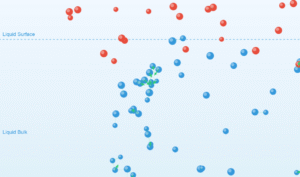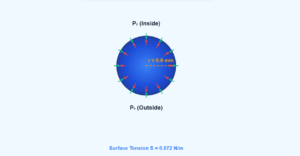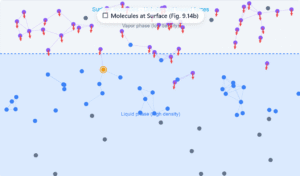Magnus Effect Simulation
Interactive 3D Physics Demonstration for Students
Simulation Controls
Understanding Aerodynamic Forces
This magnus effect simulation provides an interactive way to explore fundamental principles of fluid dynamics and aerodynamics. Students can visualize how air flows around objects and understand the forces that enable flight, sports ball curves, and wind turbine operation.
What is the Magnus Effect?
The Magnus effect occurs when a spinning object moves through a fluid (like air or water). The rotation creates a pressure difference between the two sides of the object, resulting in a force perpendicular to the direction of motion. This phenomenon explains why soccer balls curve, why tennis serves dip, and how sailors can sail against the wind.
Key Principle: When a sphere spins while moving through air, it drags a boundary layer of air around itself. This creates higher pressure on one side and lower pressure on the other, producing a lateral force.
Three Simulation Modes
1. Static Sphere Mode: Observe symmetric flow separation around a non-rotating sphere. The airflow divides evenly on both sides, creating a wake region behind the object with balanced pressure distribution.
2. Spinning Sphere Mode: Experience the magnus effect simulation firsthand by adjusting the rotation speed. Notice how the spinning motion deflects the airflow asymmetrically, creating a visible curve in the particle paths and demonstrating the Magnus force in action.
3. Airfoil Wing Mode: Study how aircraft wings generate lift through their curved shape and angle of attack. The faster airflow over the top surface creates lower pressure compared to the bottom, producing an upward force that enables flight.
Real-World Applications
Understanding these aerodynamic principles is essential for engineering applications. Aircraft designers use airfoil theory to optimize wing shapes. Sports equipment manufacturers apply Magnus effect knowledge to create better performing balls. Wind turbine engineers leverage these concepts to maximize energy capture efficiency.
Learning Tip: Try different combinations of rotation speed, flow velocity, and turbulence to see how they interact. This hands-on exploration helps build intuition about complex fluid dynamics phenomena.
How to Use This Tool
Begin by selecting a scenario from the dropdown menu. Use your mouse or touch input to rotate the 3D view and observe flow patterns from different angles. Adjust the control sliders to modify simulation parameters in real-time. Watch how particles and streamlines respond to changes, revealing the underlying physics principles.



